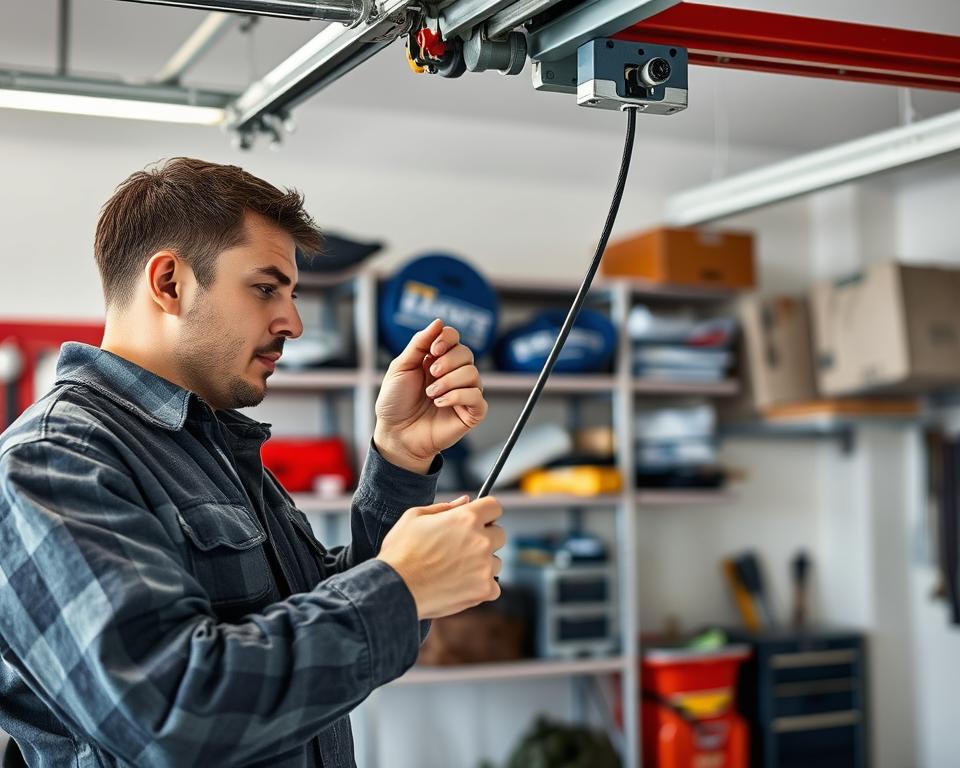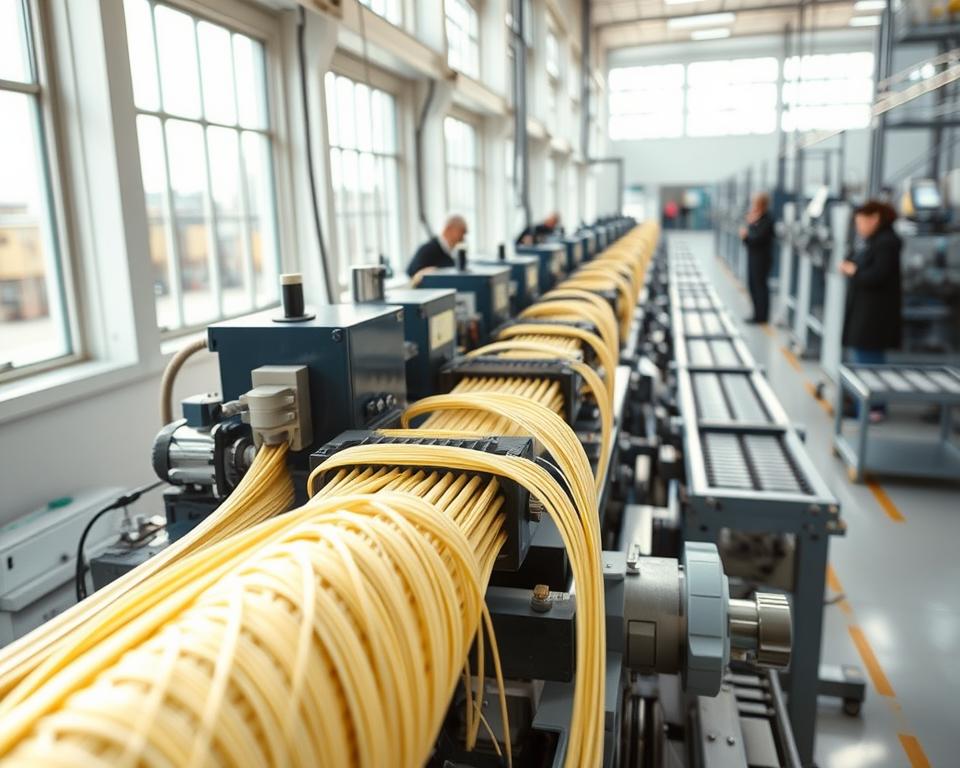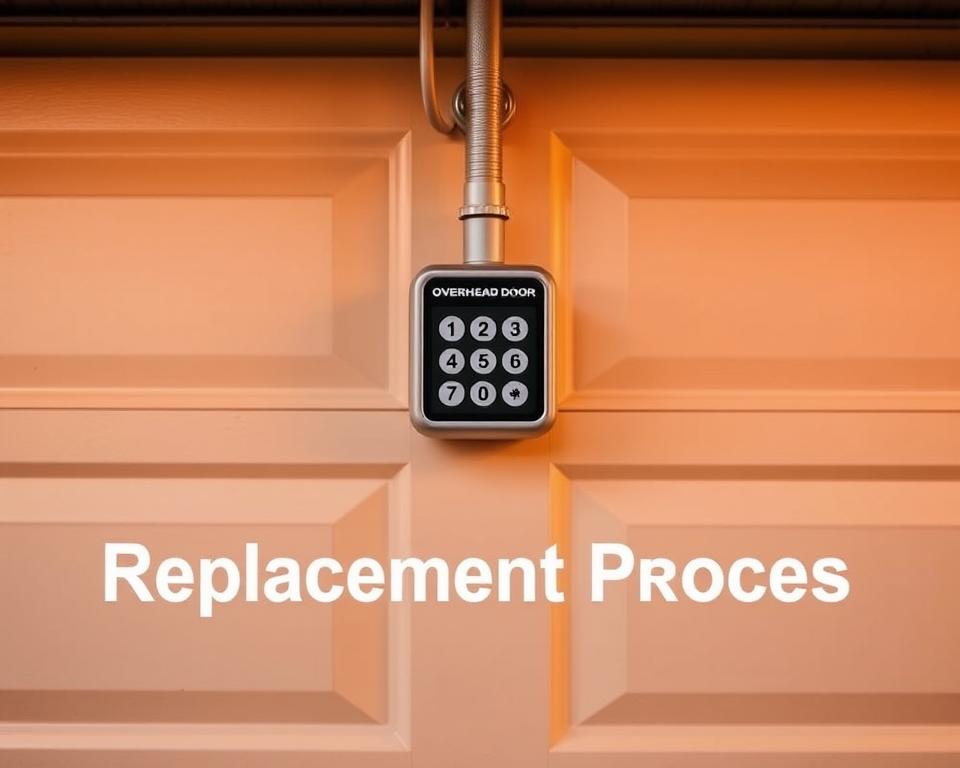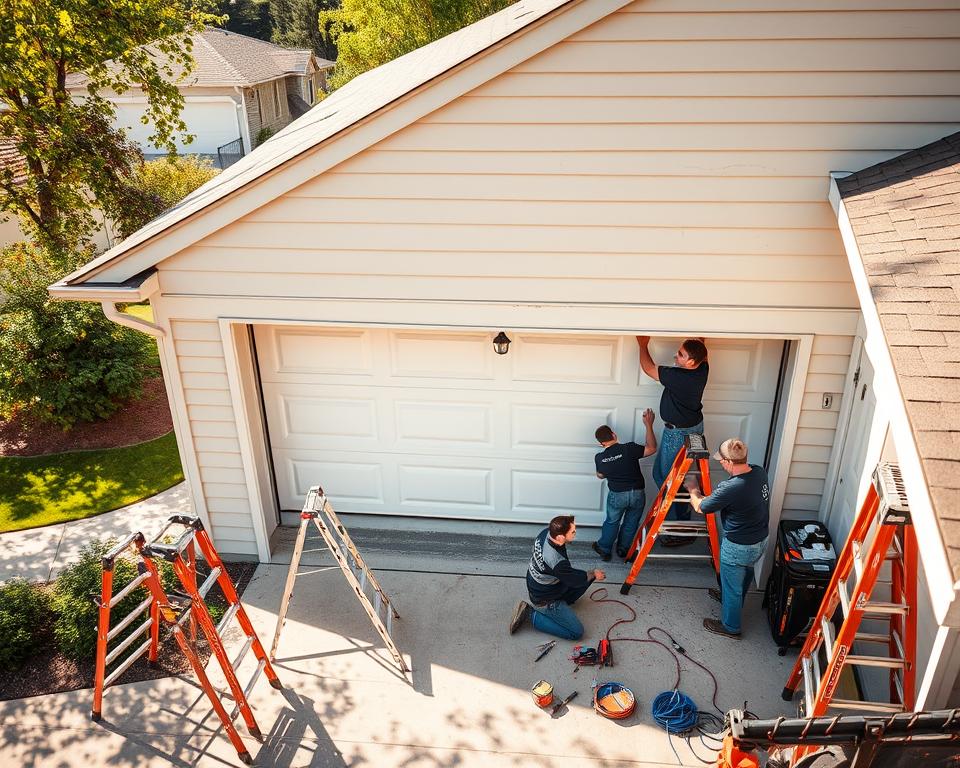All-hours Garage Door Repair in Long Beach – Rush Assistance
Envision your overhead door ceasing to function in the heart of the late hours. Such predicaments can leave you sensing unprotected and in desperate requirement of support. Coastline Garage Doors is ready to deliver reliable urgent garage door support in Long Beach, assuring your safety and convenience at all times. Our group of expert experts is set to help you 24/7, making emergency garage door repair both available and efficient. When a garage door urgent situation happens, our prompt assistance and skill are just a call away.
Fundamental Insights
- Coastline Garage Doors furnishes immediate garage door assistance day and night.
- Prompt help is necessary for defending your residence.
- Consistent garage door fixing offers reassurance during sudden events.
- Our experienced crew are consistently poised to manage garage door urgent situations.
- Our fast turnaround times are a signature feature of our top-notch garage door maintenance support.
Getting to Know Nonstop Garage Door Restoration
Keeping your garage door in proper function is crucial for your home’s safety and ease of use. The necessity for consistent garage door repair is plain. Minor difficulties can become substantial hazards or bothers if not resolved. It’s necessary to spot the markers of a problematic garage door promptly.
The Significance of Dependable Restoration Solutions
Employing a consistent garage door maintenance provider suggests your setup functions without a difficulty. Regular upkeep and rapid repairs prolong your door’s lifespan and keep your possessions protected. A functioning garage door secures your vehicles and valuables, providing you reassurance about security and admittance.
When to Request Emergency Assistance
Understanding when to phone for critical garage door support is crucial. Some issues demand fast intervention to evade further issues. Here are signs you should request assistance promptly:
- Noticeable impairment to door parts
- Unusual clamor during performance
- The door fails to lift or shut properly
- Damaged coils or wires
- Problematic garage door devices
Repairing these complications quickly maintains your garage door operating smoothly and avoids security threats.
Ordinary Garage Door Troubles
Numerous troubles can influence a garage door’s performance. Noticing these widespread garage door issues allows property owners avoid issues and receive restoration speedily.
Warped or Crushed Door Sections
Twisted door sections can markedly impact a garage door’s functionality. They not only interrupt the door’s alignment but also risk security. Twisted door parts repair often encompasses realigning or replacing sections, according to the impairment. Property owners should deal with any hits or anomalies speedily.
Impaired Springs and Their Implications
Garage door spring troubles pose severe security dangers. Worn or fractured springs can make the door to break down or even collapse, endangering those adjacent. Repairing garage door coil issues necessitates a thorough assessment and diligent processing, as coils are under high stress.

Non-working Garage Door Operators
Malfunctioning mechanisms can significantly curtail garage ingress, imprisoning vehicles indoors or blocking admission. Identifying and fixing these issues often necessitates skilled ability. Regular inspections on the opener mechanism can support avert bothersome breakdowns.
Perks of Emergency Garage Door Help
Critical garage door support supply homeowners with vital perks when unforeseen difficulties develop. These support certify your garage door runs protected and safely. Understanding these benefits supports in making well-considered choices during critical situations.
Prompt Reply Durations
Going with quick action garage door services offers a significant plus. When a garage door fails, it can cause considerable interruptions. Swift action teams rapidly correct issues, allowing patrons to regain access and reestablish normalcy without postponement.
Professional Specialists Available Day and Night
Property owners can count on trained professionals for garage door maintenance, available 24/7. These professionals are well-trained and experienced in dealing with various garage door troubles. Their knowledge guarantees property owners receive help at any time, supplying reassurance.
Outline of Coastline Garage Doors
Coastline Garage Doors is a foremost company in Long Beach for garage door fixing and installation. It has acquired a sturdy name through its devotion to superiority and customer happiness. Coastline caters to both homeowners and organizations, offering personalized fixes for diverse garage door requirements. They guarantee trustworthy support, available 24/7.
Why Select Coastline for Your Garage Door Requirements?
Coastline Garage Doors is the selected choice for many in Long Beach. Here’s why:
- Skilled professionals with thorough knowledge of garage door repair and mounting.
- Quick reply durations to decrease disruption for your garage door issues.
- Application of top-grade components and parts for repairs.
- Upfront pricing with no undisclosed charges.
Operating Territories Served in Long Beach
Coastline Garage Doors encompasses a broad range of communities in Long Beach. This creates it a practical alternative for both home and corporate clients. Here’s a rapid outline of the principal service regions:
| Areas | Range from Long Beach Downtown |
|---|---|
| Central Long Beach | 5 kilometers |
| Uptown Long Beach | 10 miles |
| Suburban Area | 15 kilometers |
| City Periphery | 20 kilometers |
Day-and-night Garage Door Service in Long Beach
Residents of Long Beach can count on Coastline Garage Doors for their immediate garage door requirements at any time. Our group is committed to delivering immediate garage door support in Long Beach. We aim to lower inconvenience for each house owner.
Rapid and Effective Support
Our professionals are constantly prepared to help with all types of garage door issue, daytime or nighttime. Coastline Garage Doors is committed to delivering optimized garage door fixes. We apply fully-equipped service vehicles, permitting our proficient workers to address troubles on their first trip. This secures rapid and efficient fixes.
Same-Day Garage Door Repairs
Coastline is expert at same-day garage door fixing, seeking for peerless assistance. House owners facing garage door difficulties don’t need to delay extensively for support. Our staff’s efficiency and availability secure your garage door’s state is reinstated rapidly.
Professional Garage Door Preservation
Servicing your garage door is essential for its lifespan and operation. Scheduled preservation is beyond a task; it’s a critical allocation in your house’s protection and operation. By engaging in precautionary upkeep, you can prevent multiple potential troubles. Noticing tiny difficulties ahead of time can prevent steep repairs and large disruptions.
Preemptive Maintenance Guidelines
- Oil operational pieces to lessen friction and deterioration.
- Assess coils for any indicators of erosion or impairment.
- Hold tracks free of rubbish to ensure fluid operation.
- Examine the door stability for maximum efficiency.
- Inspect and tighten any slack parts to retain steadiness.
Long-term Gains of Consistent Assessments
Periodic garage door inspections give meaningful benefits. Homeowners benefit from a less problematic functioning door, decreasing the chance of sudden breakdowns. Scheduled examinations enable notice troubles swiftly, thwarting them from evolving into steep fixes. This concentration on anticipatory maintenance gives peace of mind, knowing your garage door system is functioning efficiently and safely.
Kinds of Garage Door Services Provided
Coastline Garage Doors supplies a large range of garage door restoration assistance for both homeowners and enterprises. Our crew is competent in numerous restorations, ensuring your garage door setup continues to be operational and safe. We provide vital solutions like coil replacement and garage door opener fixing. Our help respond to various kinds of garage doors, meeting the requirements of home and professional patrons.
Garage Door Spring Substitution
Spring swap is a standard maintenance we undertake. Springs can decline or rupture, influencing the door’s effectiveness. Renewing them quickly is crucial for the door’s working and safety. Our workers are adept at dealing with diverse coil kinds, assuring repairs are both safe and streamlined.
Garage Door Opener Repair and Programming
We also focus on garage door device restoration. Problematic devices can be a significant annoyance. Our workers are professionals in determining and repairing different complications. We also provide configuration help to assure your mechanism works properly and reliably, enhancing your property’s protection.
Industrial and Residential Support
Coastline Garage Doors is prepared to assist both corporate and household customers. Our process certifies each customer acquires a resolution personalized to their necessities. With our knowledge, you can rely on your garage door to be protected and working.
Customer Feedback and Success Stories
Patron recommendations are a key aspect when picking garage door support. Coastline Garage Doors has gathered multiple approving reviews from patrons in the zone. These reviews emphasize the business’s quick reply and effective restoration, generating a meaningful effect in critical situations.
Authentic Stories from Long Beach Dwellers
Residents of Long Beach have related their approving accounts with garage door support. Their testimonies accentuate the relevance of competence and knowledge in dealing with dire circumstances. For illustration, a family related their experience with a garage door failure on a damp nighttime. The group’s quick assistance was comforting, exhibiting their commitment to customer support.
Another resident acclaimed the fast solution of their garage door opener difficulty. This facilitated for ongoing routine tasks. Their happiness with the support highlights Coastline Garage Doors’ dedication to effective solutions. These testimonies from Long Beach dwellers underscore the value of punctual and steady support in forming trust and contentment.
Final Thoughts
Picking Coastline Garage Doors for nonstop garage door repair in Long Beach indicates you acquire quick, dependable support when you require it extremely. Emergencies can occur without notice. Utilizing steady garage door services can substantially improve your house’s safety and convenience.
Our crew of competent workers is perpetually ready to support, whether it’s a unexpected failure or periodic maintenance to escape prospective problems. With Coastline Garage Doors, you can rely on us to deal with your garage door needs with expertise and concern.
If you’re in requirement of dependable garage door services, don’t hesitate to connect. Your safety and gratification are our foremost interests, making us the ideal alternative for the entirety of your garage door fixing demands in Long Beach.









